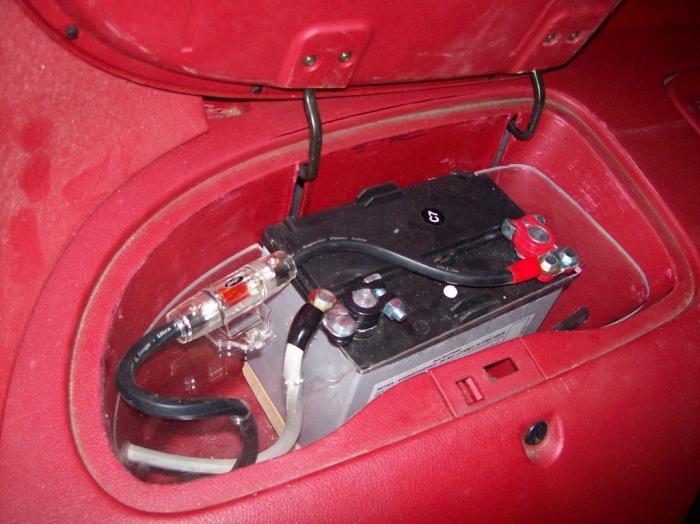Sometimes, even after one day of inactivity, the car refuses to start. It turns out that even in such a short time, the density of the electrolyte in the battery can drop to the extreme mark. Of course, this does not happen every day, but there is still a risk of being late for work or an important meeting. Therefore, every week you need to monitor the condition of the battery and, if necessary, charge it. But what if even this process does not help restore the previous characteristics of the battery? Let's figure it out.
Why does this happen?
When the car still does not start even after prolonged charging, this indicates that the electrolyte density in the battery has decreased to the extreme point. In this case, there is no need to rush anywhere, since the process of restoring this part is very long. And there is a low density of electrolyte in the battery due to its frequent recharges. Such actions often lead to evaporation of the solution and boiling of this part. Therefore, if the battery level of the 20-hour charge remains at a minimum, then the density of the electrolyte in the battery is significantly reduced.
How to get out of this situation?
In order to restore the previous density of the battery, you should add fresh electrolyte to it. Thanks to this fluid, the problematic part will immediately raise its consistency.
Recovery Instructions
Below you can see the process by which the low density of electrolyte in the battery will be increased.
First of all, measure the readings of the problematic part using a hydrometer. If the density reading is lower than 1.20, be aware that the battery needs your attention. The process of “saving” the battery is carried out by adding an electrolyte with a density of 1.28. To start, we do this with one can. To increase the density, pump out as much of the old solution as possible. This is done with a tool such as a pear enema. After the fluid is pumped out, its volume should be measured. Next, a new electrolyte must be placed in the battery. But this is not the whole process.

In order for the electrolyte density in the battery to rise to normal in winter, mix both liquids well. To do this, shake well or shake the battery. Then, after both electrolytes have become one, we measure their density. In the case when the results showed an unsatisfactory mark, pour a few more milliliters of fresh electrolyte into the jar. This process is repeated until the value of the measuring devices shows a mark above 1.25. The remaining volume of cans should be filled with distilled water. But in no case should you fill it with the entire capacity, since in this case the density of the electrolyte in the battery will drop even more, and it will not end in anything good.
Useful advice
Before starting work, remember that The hydrometer should show different results when measuring. The optimal range should be between 1.25 and 1.29. If you are in the northern latitudes, these results should be slightly higher than the southern, but not more than 0.02.